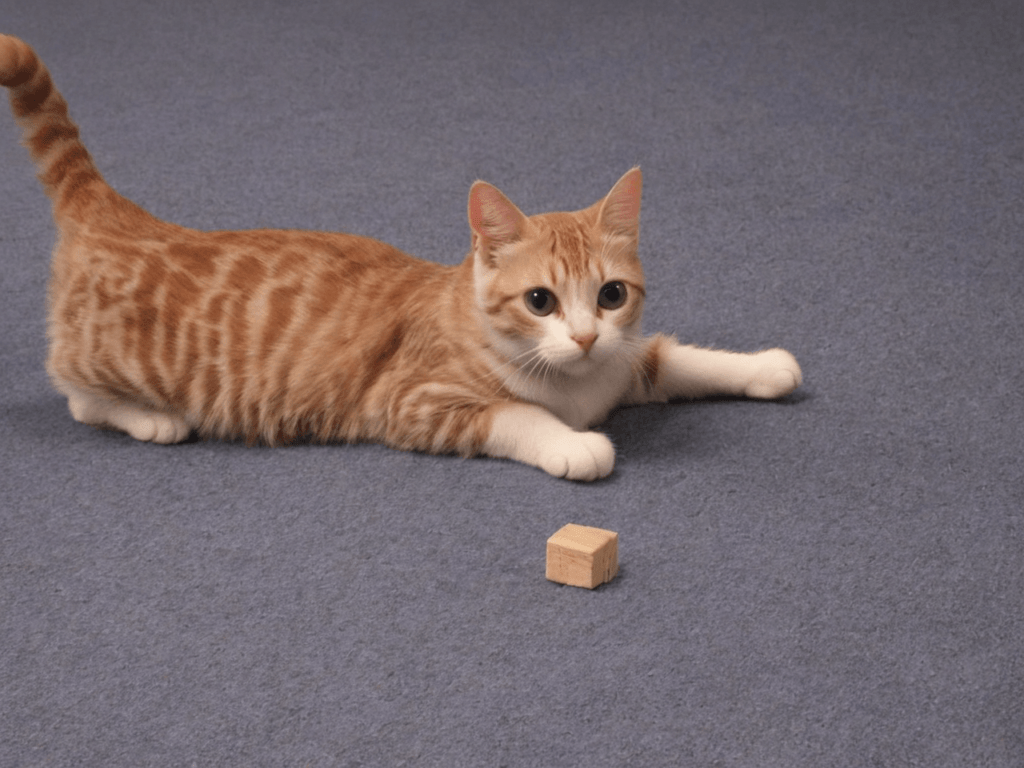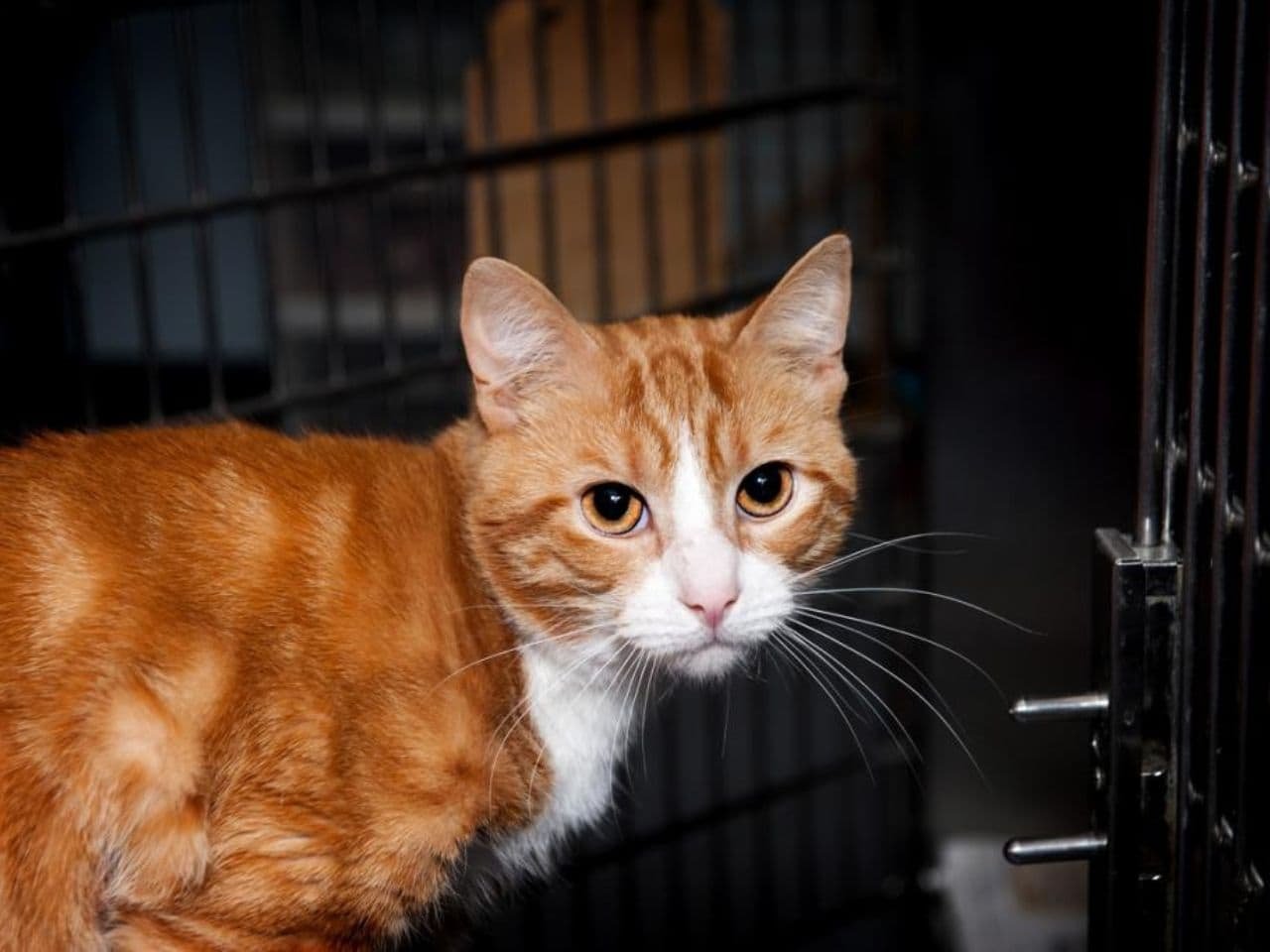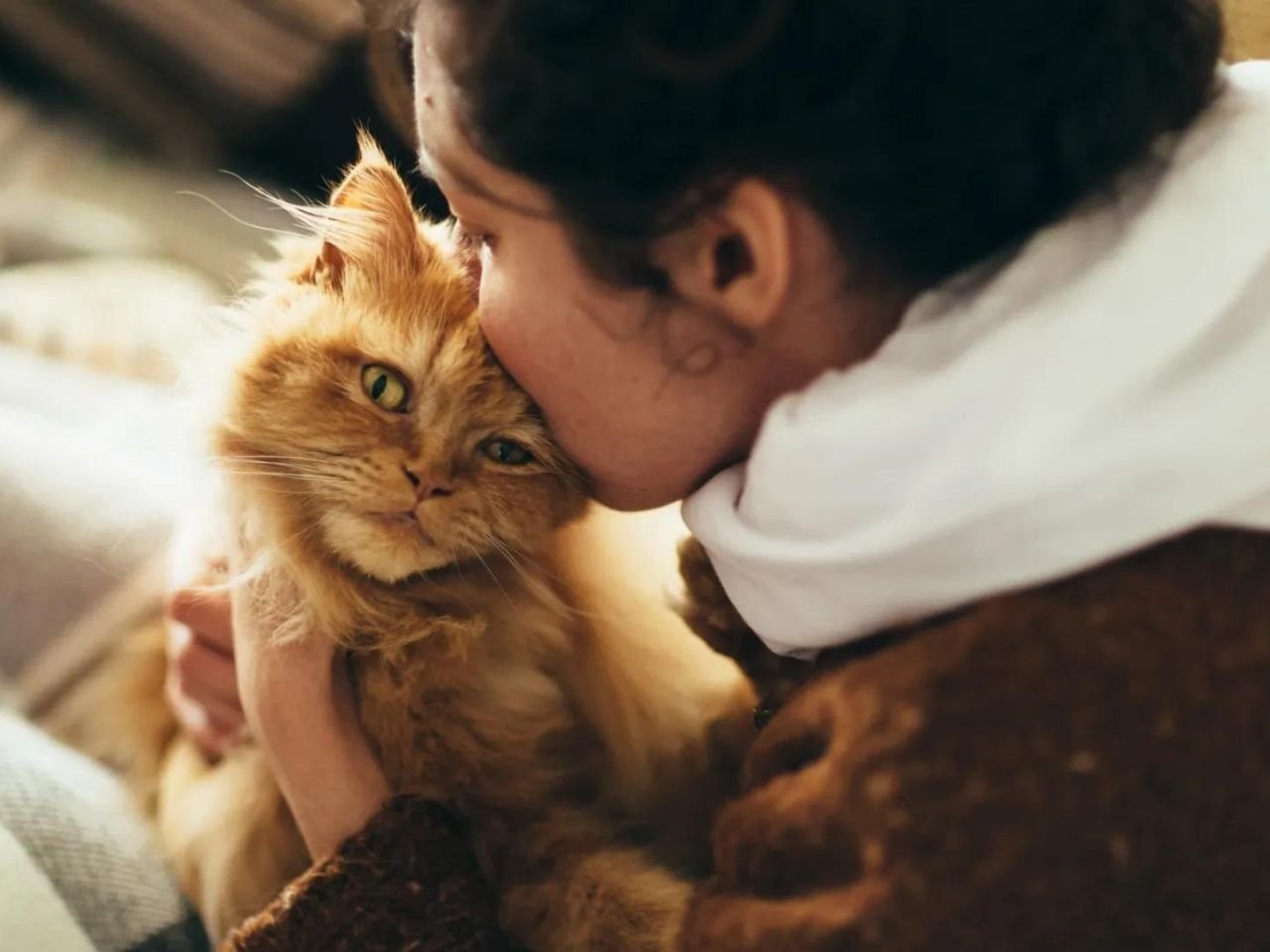Teaching a cat requires consistency, patience, and positive reinforcement methods. While cats can grasp commands like sit or shake a paw, keep training sessions brief and distraction-free. Stay motivated, and patient, and reward your cat promptly for good behavior. Start with basic tasks, stay focused, and employ positive reinforcement to effectively train your cat to perform tricks and follow commands.

Introduction To Cat Training
Teaching your cat can bring joy to both you and your furry friend. Despite misconceptions, cats are trainable with the right methods and patience. Mastering the basics of cat training sets the stage for a positive and successful journey.
Why Train Your Cat?
- Enhances the bond between you and your cat.
- Improves behavior and reduces common issues like scratching and jumping on furniture.
- Provides mental stimulation and prevents boredom.
Benefits Of Training Your Cat
- Boosts confidence and independence in your cat.
- Creates a harmonious living environment for both you and your cat.
- Encourages positive behaviors through reinforcement and rewards.
If you’re wondering how to begin training your cat, follow these simple steps to lay a solid foundation:
- Stock up on treats to use as positive reinforcement.
- Find the best time when your cat is alert and receptive.
- Keep training sessions brief to maintain your cat’s interest.
- Eliminate distractions to help your cat focus on the training.
- Be consistent with cues to avoid confusion.
- Only focus on teaching one skill at a time for better learning.
- Repeat exercises regularly to reinforce learning.
- Always use positive reinforcement like treats, toys, or praise.
Remember, patience and consistency are key when it comes to training your cat. With dedication and love, you can help your feline friend learn new behaviors and tricks that will enrich both of your lives.
Getting Started With Cat Training
Learn how to train a cat with these easy beginner tips! From teaching your cat basic commands like sit and lay down to more advanced tricks like high five, this guide will help you get started on your cat training journey.
With positive reinforcement and consistency, you’ll be amazed at what your feline friend can achieve!
Understanding Your Cat’s Behavior
Observe your cat to understand its unique behaviors and personality traits.
Preparing For Training Sessions
Set up a quiet area with minimal distractions for training sessions.
Choosing The Right Reward
Select tasty treats or toys that your cat loves as a reward for training.
Creating A Positive Training Environment
Ensure the training area is comfortable, safe, and well-lit for effective learning.
Basic Training Commands For Cats
Training your cat is not only a great way to engage their instincts but also helps to strengthen the bond between you and your furry friend. Just like dogs, cats can be trained to perform basic commands and even fun tricks. In this blog post, we will explore some of the essential training commands for cats, including teaching them to sit, lie down, stay, and perform tricks.
Teaching Your Cat To Sit
To teach your cat to sit, follow these simple steps:
- Find a quiet and comfortable place where you can train your cat without distractions.
- Hold a treat close to your cat’s nose and slowly move it upwards.
- As your cat follows the treat with their eyes, their natural response would be to lower their bottom to the ground.
- Once your cat is in a sitting position, say the command “Sit” in a clear and calm voice.
- Immediately after your cat sits, reward them with the treat and praise them using positive words like “Good job!”
- Repeat this process several times a day, gradually phasing out the treat and relying more on the verbal command.
Training Your Cat To Lie Down
Lying down is another useful command for cats. Here’s how to train your cat to lie down:
- Start with your cat in a sitting position.
- Hold a treat close to their nose and slowly move it towards the floor.
- As your cat follows the treat, encourage them to lie down by saying the command “Lie down” in a calm voice.
- When your cat lies down, reward them with the treat and praise them with positive words.
- Repeat this process daily, gradually reducing the use of treats and relying more on verbal command.
Teaching Your Cat Stay
Teaching your cat to stay can be helpful in various situations. Follow these steps to train your cat to stay:
- Start with your cat in a sitting or lying down position.
- Hold your hand up, palm facing your cat, and say the command “Stay” in a firm yet gentle tone.
- Take a step back while maintaining eye contact with your cat.
- If your cat stays in place, reward them with a treat and praise.
- Gradually increase the distance and duration of the stay command.
Teaching Your Cat To Perform Tricks

Training your cat to perform tricks can be a fun and rewarding experience. Here’s how you can get started:
- Choose a trick that you want to teach your cat, such as High Five or Spin.
- Break down the trick into simple steps.
- Use positive reinforcement, like treats and praise, to motivate your cat.
- Practice the trick in short training sessions, making sure to end on a positive note.
- Be patient and consistent, as some tricks may take longer for your cat to learn.
Training your cat requires time, patience, and positive reinforcement. By following these basic training commands, you can teach your cat essential skills and have fun together!
Advanced Training Techniques
Discover advanced training techniques to effectively train your feline friend. From clicker training to teaching fun tricks like High Five, unlock the secrets to successful cat training and build a strong bond with your furry companion. Engage your cat with interactive sessions and positive reinforcement for a harmonious pet-owner relationship.
Clicker Training For Cats
Clicker training is an effective method for teaching cats new behaviors. By associating the sound of a clicker with a reward, you can communicate with your cat and reinforce positive actions.
Training Your Cat To High Five
Teaching your cat to high-five can be a fun and interactive way to bond with your feline friend. Start by using a clicker to mark the behavior of raising their paw, and then gradually shape this action into a high five.
Training Your Cat To Fetch
While commonly associated with dogs, some cats can be trained to fetch. Begin by engaging your cat with their favorite toy or object, and reward them when they bring it back to you. With patience and consistency, your cat can learn this playful skill.
Training Your Cat To Use The Litter Box
Proper litter box training is essential for a harmonious cohabitation with your cat. Start by providing a suitable litter box and placing your cat in it after meals or naps. Reward them for using the litter box and ensure it is always clean and easily accessible.
Troubleshooting Common Challenges
When training a cat, troubleshooting common challenges includes using clicker training, positive reinforcement, and consistency. Offering treats, using finger targets, and rewarding desired behaviors can help in teaching cats commands like sit, stay, and high five effectively.
Dealing With Resistance Or Disobedience
Cats, known for their independent nature, may show resistance or disobedience when being trained. To address this, approach training with patience and positive reinforcement. Ensure that training sessions are short and frequent, and use treats to reward good behavior. Consistency is key in reinforcing desired behaviors and correcting disobedience.
Addressing Litter Box And Scratching Issues
Litter box and scratching issues are common concerns for cat owners. A great approach to manage these challenges is by providing multiple litter boxes and scratching posts in different areas of the home. Use positive reinforcement to encourage the use of litter boxes and scratching posts, and consider using deterrents to discourage unwanted behavior.
Managing Aggression Or Fear In Cats
Aggression and fear in cats may pose challenges during training. It’s essential to understand the root cause of such behavior and address it accordingly. Implementing calm and gentle training methods, along with creating a safe and stress-free environment, can help manage aggression and fear in cats. Seek professional guidance if the behavior persists.
Tips For Training Older Cats
Training older cats may require a different approach compared to kittens. Patience and understanding are crucial when working with older cats. Use positive reinforcement and consider their individual needs and limitations. It’s important to adapt training methods to suit their age and abilities, ensuring a comfortable and enjoyable learning experience.
FAQ (How To Train A Cat)
Are Cats Easy To Train?
Cats are relatively easy to train compared to dogs. They adapt quickly to routine and new surroundings, making house training easier. Use positive reinforcement like treats or praise, and be patient and consistent with training sessions. Avoid punishing the cat when it misbehaves.
How Do You Teach A Cat No?
Teaching a cat “no” involves using a firm “no” when it misbehaves and rewarding good behavior. Training can also include clicker training and positive reinforcement with treats. Patience, consistency, and short training sessions are key in teaching a cat.
How Do You Train A Cat For Beginners?
To train a cat, start with treats and use a clicker for commands. Repeat, reward, and be patient. Keep sessions short and eliminate distractions. Use positive reinforcement and be consistent. Over time, your cat can learn tricks like sitting, lying down, and high-fives.
What Commands Can I Teach My Cat?
Cats can learn commands like sit, roll over, and shake a paw. Training cats requires motivation, time, and patience. Use treats as rewards and keep training sessions short and focused. Eliminate distractions and immediately reward your cat for good behavior.
How Do You Teach A Cat “No”?
To train your cat to understand “no”, use a clear and firm “no” when correcting behavior, rewarding positive responses with treats, toys, or praise.
Conclusion
Training a cat may seem like a daunting task, but it is quite achievable with the right approach. By using positive reinforcement and consistency, you can teach your cat various commands and tricks. Remember to keep training sessions short, eliminate distractions, and reward your cat immediately and consistently.
Patience is key when training cats, as they have their own pace. Avoid punishing bad behavior and instead focus on reinforcing good behavior. With time and dedication, you can successfully train your cat and strengthen your bond with the











